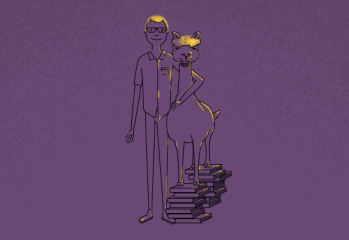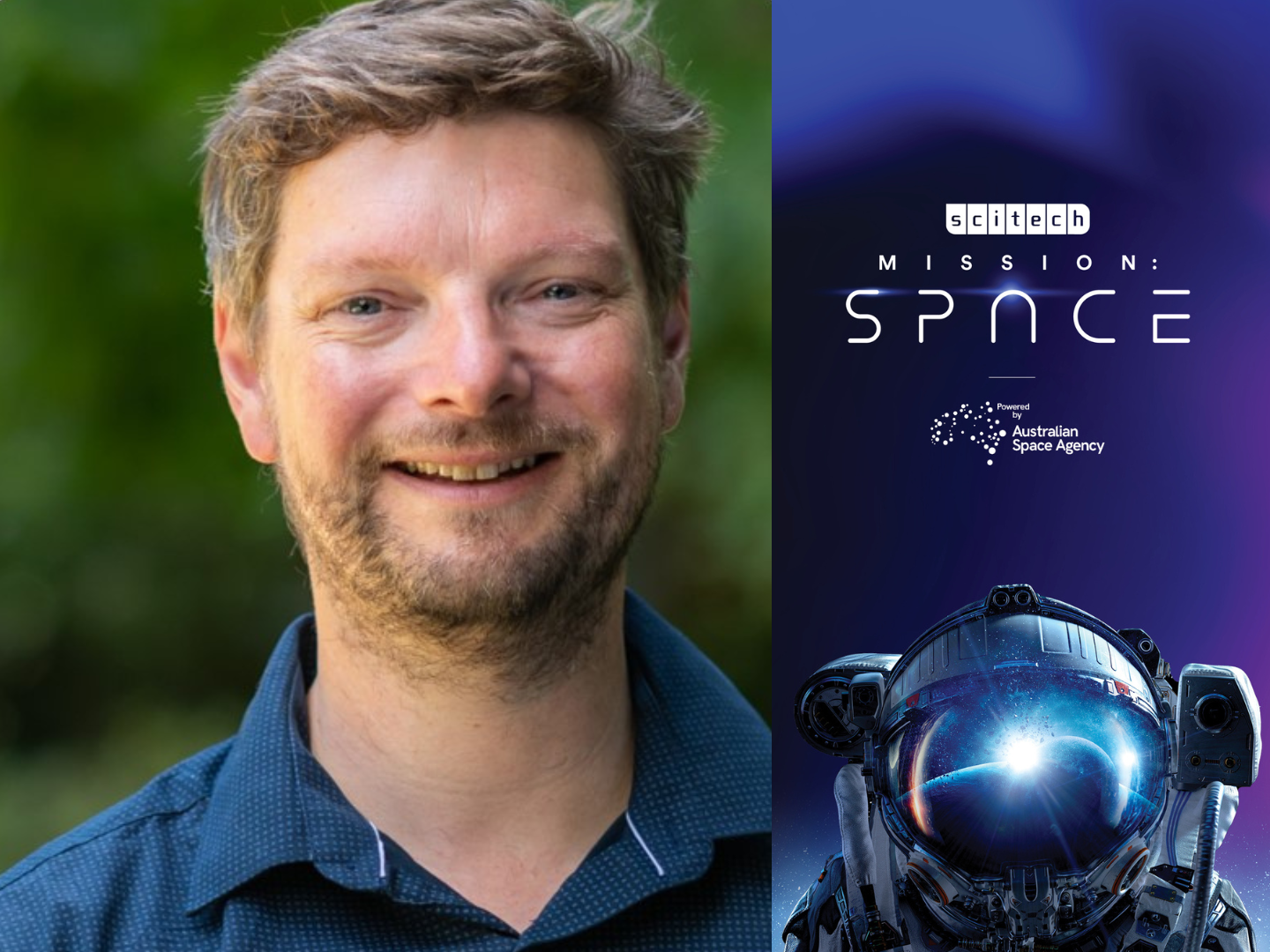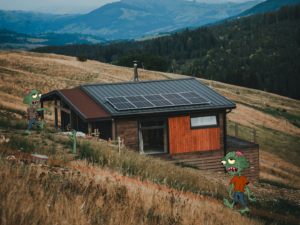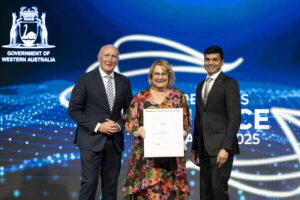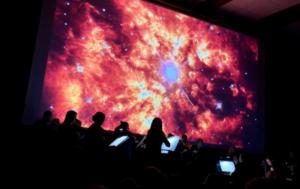As a young boy, Frazer Thorpe used to walk through his grandfather’s garden, which was filled with a diversity of dainty fuchsias.
The flowers of the elegant plants dangle in pairs and sway like ballroom gowns in a breeze. But they’re not the plants he remembers most. His grandfather’s garden had bigger issues.
“I have very fond memories of him complaining about cabbage flies on his cabbages whilst walking through all the fuchsias,” Frazer says.
As a high schooler, Frazer was inspired by a biology teacher who had explored the seed banks at the world famous Royal Botanic Gardens in the United Kingdom. The story, combined with his love for David Attenborough, sparked something in Frazer.
By the time he was in his second year of university, he says he just “kind of got” plants. They just made sense to him.
Planting the seeds
Today, Frazer works a long way from the gardens of his youth, and his interest in plants has only blossomed.
Frazer did a PhD, but wasn’t so interested in “the counting of leaves”. He was interested in all the ideas he was encountering.
“The obvious next step was to get paid for something I enjoyed doing, so I retrained as a teacher,” he says.
Now he is the Education and Engagement Manager at the Australian Research Council Centre of Excellence for Plants for Space.
He plays a crucial role in outreach for a burgeoning field of study, showcasing what is possible in plant science.
Caption: Artist rendering that embodies the Plants for Space mission theme
Credit: Bruce Moffat, Supplied Frazer Thorpe
“My role is to share the stories of the researchers who have been figuring out how to grow plants in a space context,” he says.
Established in 2024, Plants for Space hopes to enable humans to “survive and thrive in space” through genetically modifying plants or creating new forms of food that are more nutritious and digestible.
“It’s a really future-focused and exciting space to be in,” says Frazer. “All of the researchers are kind of on the cusp of what’s kind of scientifically known or scientifically possible.”
Growth spurts
This cutting-edge science will help us not only understand plant growth and sustainability in space but ensure we can develop sustainable farming practices on Earth too.
Frazer’s role gives him access to vast amounts of frontier research that is occurring at Plants for Space, and he can develop strategies to ensure its projects reach and engage the public.
There are many projects he’s excited about. One of them is a space food cookbook and he hopes to get astronauts from around the world to provide some of their favourite recipes from space.
Caption: These plants are being tested for vertical farming, where plants are grown in controlled conditions to test lighting and nutrients to optimise growth.
Credit: Supplied Frazer Thorpe
Other projects involve getting experiments and kits in the hands of students and teachers. Plants for Space has just released its Clinostat Build Guide.
“A clinostat is a device that spins quite slowly and simulates microgravity,” says Frazer.
By getting clinostats into classrooms with 3D printing, students are able to use them and understand how plants might grow in the conditions they’d encounter in space. For instance, plant roots don’t grow downwards out in the cosmos – there is no down!
Similarly, during National Science Week, Frazer is coordinating the delivery of plant growth kits that allow students to grow plants and test their nutrients and how they respond to different growth conditions and substrates.
Space gardening
When humans return to the Moon, some of the researchers from Plants for Space will be going along.
“A couple of our researchers are involved in the Artemis III LEAF project,” Frazer says.
LEAF, which stands for Lunar Effects on Agricultural Flora, will investigate plant growth and stress on the lunar surface. Those samples will be brought back to Earth for study.
Right now, Frazer is trying to determine the best way to communicate this project to the public and is tight-lipped about what that might look like.
Caption: Frazer and colleague Billie-Anna Dillon at a Plants for Space exhibit.
Credit: Megan Fisher/Shepparton News
The seed that sprouted in his grandfather’s fuchsia garden brought Frazer to his current role – and fortunately there are no cabbage flies in space. His advice to those who might want to follow the same path?
“If you enjoy plants or enjoy growing things, then this is for you,” he says.
Frazer also notes that this is essentially space farming and agriculture, but those fields look a lot different to the stereotypes we might be used to.
“The field is becoming more and more technical,” he says.
With climate change and extreme weather events affecting life on Earth, it’s important to think about new ways of doing agriculture, Frazer says. That means there are new opportunities too.
“Look for those opportunities,” he says. “There’s lots of skills we’re going to need in the future.”
Frazer is involved in the Mission: SPACE program delivered by Scitech and powered by the Australian Space Agency. You can register for this nationwide virtual excursion here.
